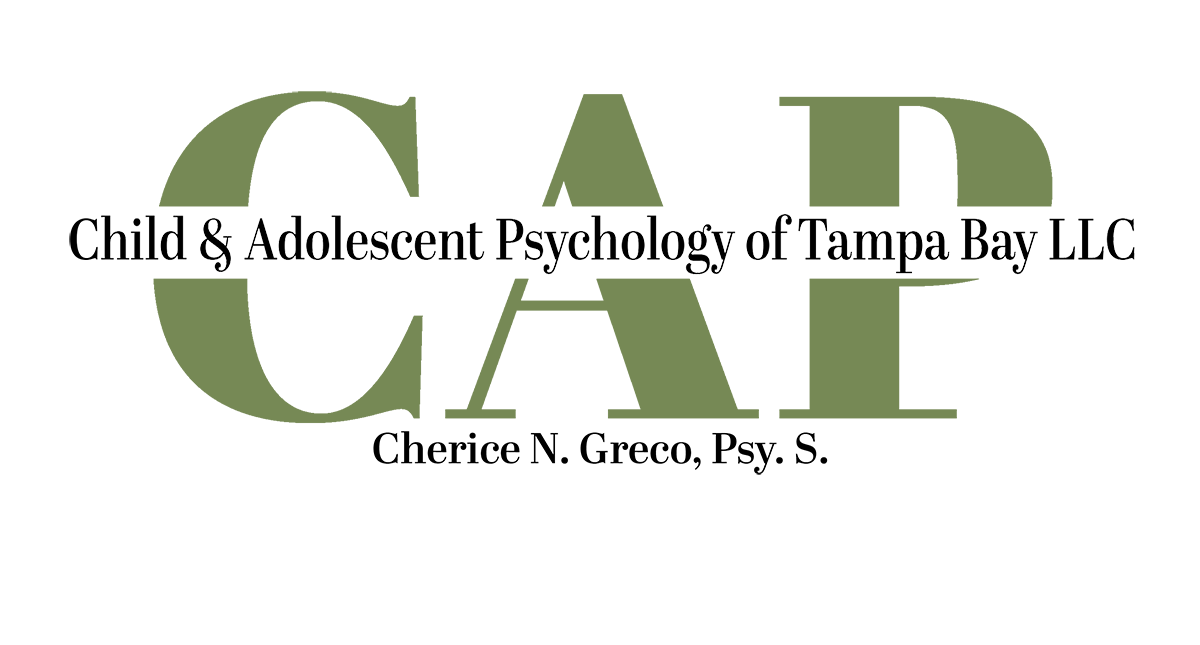Unraveling Learning Disorders in Children: Nurturing Potential and Empowering Success
Learning disorders affect millions of children worldwide, impacting their ability to acquire, process, and apply knowledge effectively. These disorders, such as dyslexia, dyscalculia, and auditory processing disorder, can present significant challenges in academic settings. However, with understanding, early identification, and appropriate support, children with learning disorders can thrive and unlock their true potential. In this blog post, we will delve into the realm of learning disorders, shedding light on their characteristics, challenges, and strategies for nurturing the success of children facing these hurdles.
Understanding Learning Disorders:
Learning disorders are neurological conditions that affect specific areas of cognitive functioning, such as reading, writing, math, or language skills. Common types of learning disorders include dyslexia (reading), dyscalculia (mathematics), dysgraphia (writing), and auditory processing disorder (auditory information processing). These disorders are not indicative of low intelligence but rather a difference in how the brain processes information.
Identifying Signs and Symptoms:
Recognizing the signs and symptoms of learning disorders is crucial for early intervention and support. Some common indicators may include difficulties in reading, writing, spelling, understanding math concepts, following directions, and organizing thoughts. Children with learning disorders may also exhibit low self-esteem, frustration, and avoidance of academic tasks. If you suspect your child may have a learning disorder, seeking a comprehensive evaluation and diagnosis by a professional is vital.
Nurturing Success: Strategies for Support:
A supportive environment and tailored strategies can make a significant difference in the lives of children with learning disorders. Here are some strategies to consider:
- Multisensory Learning: Incorporating multiple senses into learning experiences can enhance comprehension and retention. Utilizing visual aids, hands-on activities, and auditory cues can reinforce learning and accommodate different learning styles.
- Assistive Technology: Various technological tools and software can provide valuable support for children with learning disorders. Text-to-speech programs, speech recognition software, and educational apps can assist with reading, writing, and organization skills.
- Explicit Instruction: Providing clear and explicit instructions, breaking tasks into manageable steps, and utilizing repetition can aid in comprehension and retention. Chunking information and using mnemonic devices can help children with learning disorders remember important concepts.
- Individualized Education Plan (IEP): Collaborating with teachers, special education professionals, and school administrators can help develop an IEP that addresses the unique learning needs of the child. An IEP outlines specific goals, accommodations, and support services to ensure the child's educational success. There are specific requirements that need to be met in order to qualify for an IEP.
Building Self-Esteem and Resilience:
Children with learning disorders may face challenges in academic settings and may experience feelings of frustration, inadequacy, and low self-esteem. It is crucial to nurture their self-esteem and resilience by emphasizing their strengths, celebrating their achievements, and fostering a supportive and inclusive environment. Encouraging their interests, providing opportunities for success outside of academics, and promoting a growth mindset can empower them to overcome obstacles and develop a positive self-image.
Collaboration and Advocacy:
Parents, educators, and professionals must work together to advocate for the needs of children with learning disorders. Building strong partnerships with teachers, attending parent-teacher conferences, and staying informed about available resources and support networks can ensure that the child receives appropriate accommodations and interventions. Sharing knowledge about learning disorders with others in the child's life, such as family members and friends, can also foster understanding and support.
Learning disorders may present unique challenges for children, but with the right support and interventions, they can achieve academic success and reach their full potential. By understanding the characteristics of learning disorders, identifying early warning signs, and implementing effective strategies, we can nurture a supportive learning environment that empowers children with learning disorders to flourish. With patience, empathy, and collaboration, we can celebrate the diverse strengths and abilities of every child, fostering a world where everyone has the opportunity to thrive.

